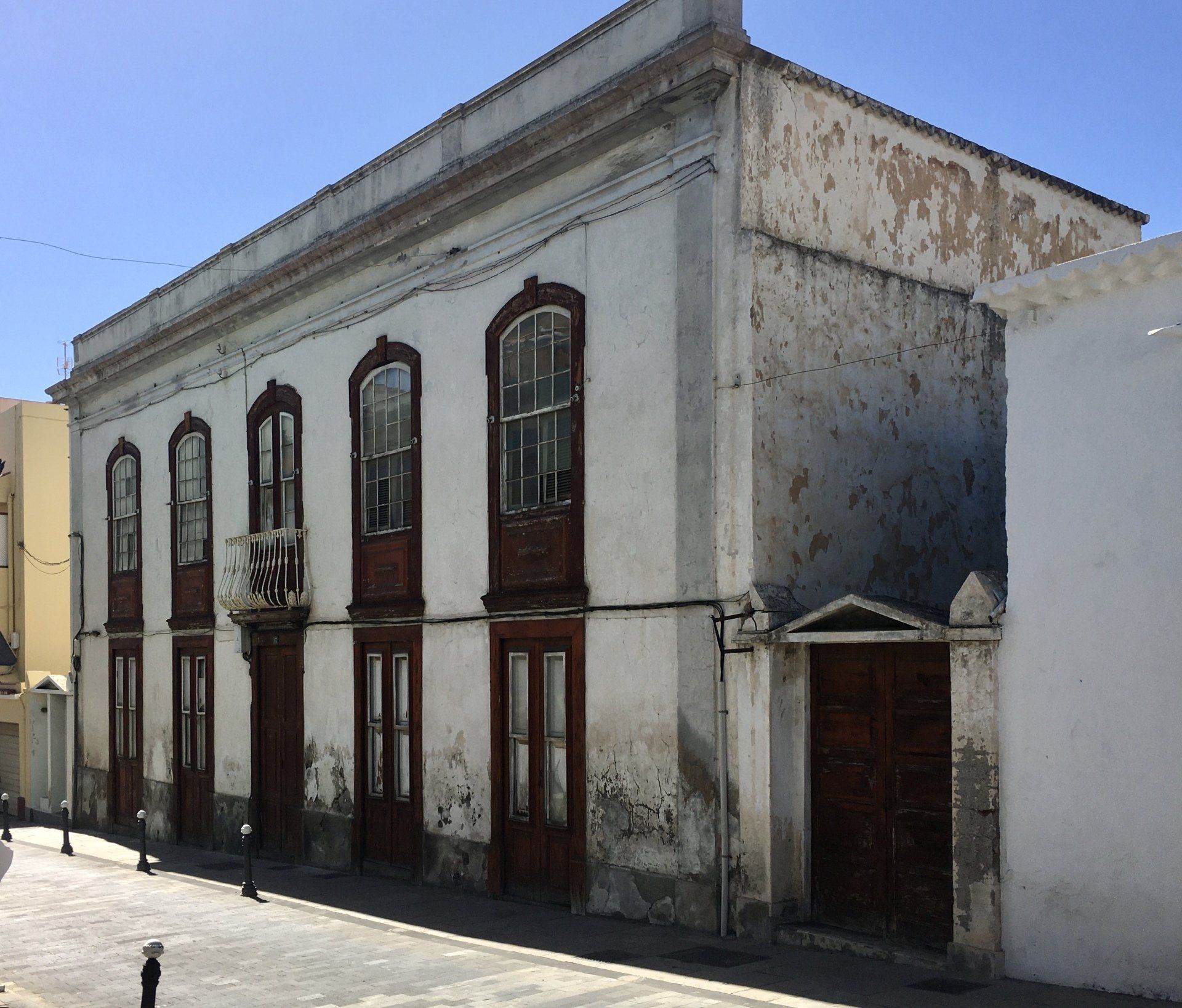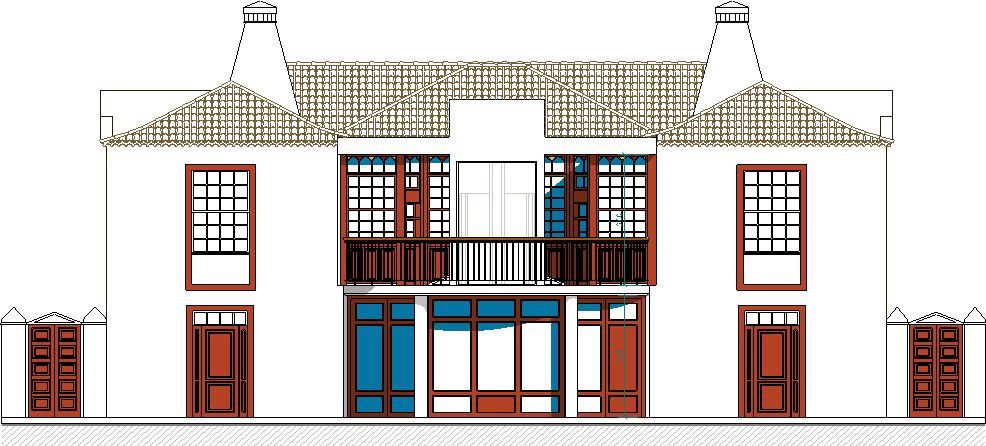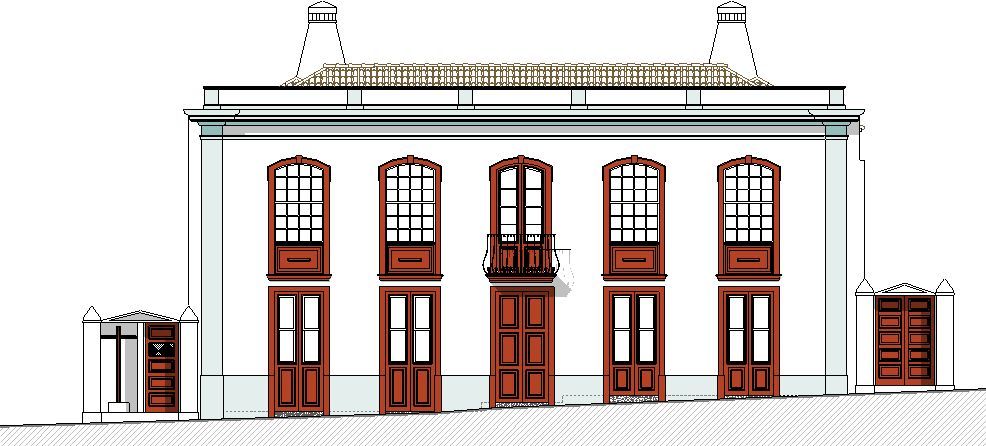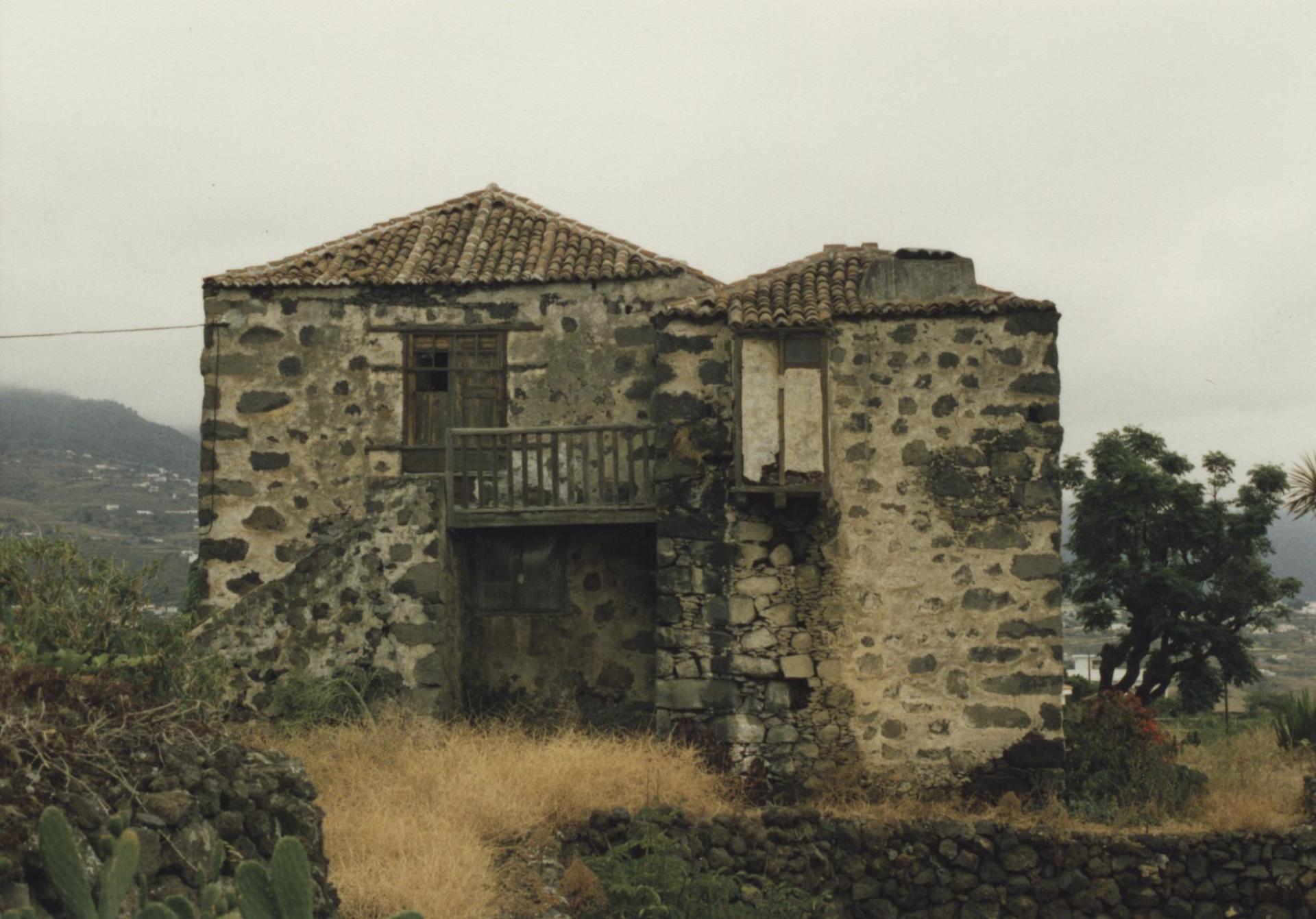Restorations
Restauration Casa El Tanquito, 4 - Santa Cruz de La Palma
A previously inconspicuous house - at first sight. At second glance, an inexhaustible treasure that tells new stories every day about the history of Santa Cruz de La Palma, from the beginning of their settlement, their way of life and survival. Exciting for everyone involved.
Construction began in June 2021, and the residential building will be rented out to tourists in the future.
Aktuell: Casona Salud - Calle Taño Fernández 17, Los Llanos de Aridane
A very special story connects Los Llanos de Aridane with this handsome town house in neoclassical style: Built by Dr. Jóse Kábana Valcarcel, ran a surgical practice on the ground floor of this house from 1891 - 1913, where he performed operations that were sensational for the time. It is reported in the chronicles that, among other things, a lung operation was successfully carried out there.
In 2019, this house was acquired by a doctor who wants to accommodate his own practice there, as well as renting out bars and offices.
For this it should be restored as true to the original as possible, especially the splendid woodwork should come to the fore again, but aspects such as accessibility must also be met. An elevator is arranged in the back of the house. The greatest challenge with this type of restoration is always to meet the technical and hygienic requirements of today and to integrate them harmoniously into the existing structure.
Construction work is expected to begin in 2021.
Aktuell: Casa Fierro - Torres and Santa Cruz, Breña Baja.
This stately country house was built in 1802 and is registered in the Spanish list of historical monuments (BIC - bien de interés cultural) due to its architectural features. A very proud presence high above Breña Baja is shown by this two-storey building, which was acquired by the Cabildo and is intended to house a musical instrument museum and an event room.
A half-timbered arcade was built in the leg of the L-shaped massive building, the load of which is borne by two Tosca columns on the ground floor. An elaborate natural stone staircase leads to the entrance, from which a staircase leads to the upper floor. Each door and each window is only present once in terms of shape and mechanism, even if they do not all date from the first time they were built. There are many other curiosities, such as the outhouse upstairs or the small bridge that leads to the kitchen upstairs. The roofs were made of tea with carvings in the Mudejar style. Functional work and storage were carried out on the ground floor, while living on the upper floor.
At first it seemed lucky that the last generations who lived in the house had little means to make changes to the house. Unfortunately, in 2008 the entire building was destroyed by fire and only the foundation walls remained. The Cabildo, which had bought the property shortly before, now wants to start rebuilding shortly. The project for this was developed by our office, construction costs € 1,300,000.
Toledo House, Breña Alta.
This unique house was designed by the architect Richard E. Oppel (Hamburg, Jarrestadt) in 1935 and executed in 1942. Since it was built a few years after the Spanish Civil War and building materials were scarce, the house was in a ruinous condition in 1996 and had to be completely restored. All technical equipment no longer corresponded to its time and was completely redesigned.
Oppel, who studied in Dresden (forerunner of the Bauhaus), was originally based in Hamburg and one of the progressive architects in building the Jarrestadt (1920s) in Hamburg, where ideas of social reform were applied.
In 1932 Oppel left Germany, unable to cope with the increasing pressure from the National Socialists, and moved to Gran Canaria, where he worked with the then respected architect Miguel Martin Fernandez de La Torre (brother of Nestor Martin).
This period of cooperation was extremely successful. Under the influence of Oppel, the Canarian architect Miguel Martin developed into a highly respected representative of rational architecture to this day. Foreigners like Oppel were not yet allowed to submit their own projects ...
The house, designed in L-shape, takes over the top tier of a row of houses in the rural area with a direct view of the infinity of the Atlantic Ocean. Inside and outside perspectives overlap in open living areas and communicate with each other in comfortable proportions. If the external appearance is compact and simple, the internal design is dance-like and light.
Much of the house is still original, and the modernity of the overall concept is impressive: the fully preserved bathroom on the upper floor must have been a sensation at the time, as hardly any house had regular sanitary facilities at the time - including in Germany, by the way.
Gray water (shower / bathtub) was drained and stored separately in order to use this water for watering plants.
https://www.airbnb.de/rooms/16234672?s=67&unique_share_id=08889b5a-818e-4248-92ec-1197dcf62d96
Old house, Tazacorte
The first and most important step in a restoration is a detailed inventory. This is followed by an analysis of the floor plan and the materials in order to determine what the original state is and how the house has been transformed over a long period of time.
In the present project, a large part of the house was, apart from a few details, in its original condition; in the rear part, however, an extension had been built in which the kitchen and a toilet were housed. The patio behind it could only be reached through a small, squat door.
In order to give a new kitchen and a new bathroom - which are usually very technically complex - more quality, as well as to include the patio as a room in daily life, we made the proposal to completely open the facade to the patio and part remove the kitchen ceiling. This grand piano received a significant increase in quality, while the rest of the house was restored and modernized true to the original. A particular focus was the choice of suitable materials to equip the building sustainably for the next few decades.
The facade was given a beautiful lime plaster, the simple structure of which makes the facade shine.
Gutting and adding heights to a historic building, Calle A. Pérez de Brito, S / C. de La Palma.
This two-storey, historic and listed building had survived the centuries unchanged, but the development of the neighborhood made this house look compact. Although the basement was still used as a shop, the upper floor had long since become uninhabitable.
The owners decided to have the house completely gutted - that is, only the original facade remained - and thus the new construction including an addition.
The first draft, which envisaged staggering the extension and making it modern, so that the original shape and the development of time remain visible, was rejected by the Cabildo. But this historical "deception" is also justifiable, because it is just as important that these old buildings not only function as hollow testimonies, they must remain usable and meet the requirements of the present day.






























